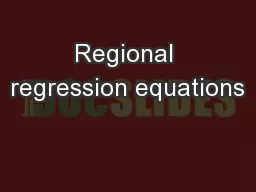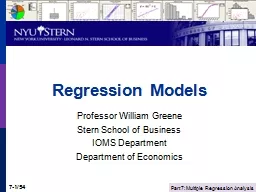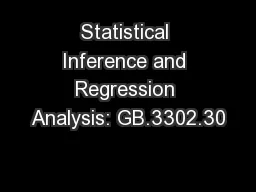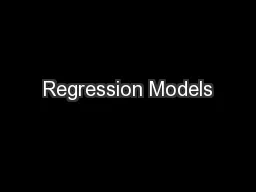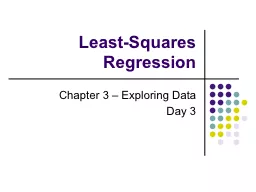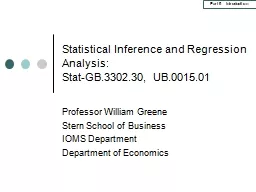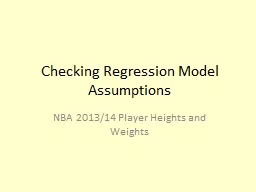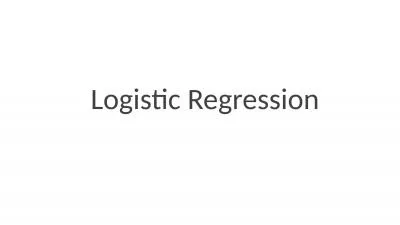PPT-Regional regression equations
Author : yoshiko-marsland | Published Date : 2017-12-16
Regional Regression Equations provide estimates of flood frequencies at ungaged sites where we dont have peakflow data and computed flood frequencies Equations
Presentation Embed Code
Download Presentation
Download Presentation The PPT/PDF document "Regional regression equations" is the property of its rightful owner. Permission is granted to download and print the materials on this website for personal, non-commercial use only, and to display it on your personal computer provided you do not modify the materials and that you retain all copyright notices contained in the materials. By downloading content from our website, you accept the terms of this agreement.
Regional regression equations: Transcript
Download Rules Of Document
"Regional regression equations"The content belongs to its owner. You may download and print it for personal use, without modification, and keep all copyright notices. By downloading, you agree to these terms.
Related Documents

